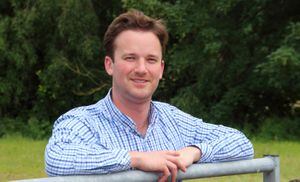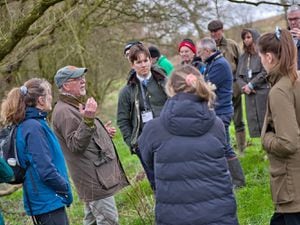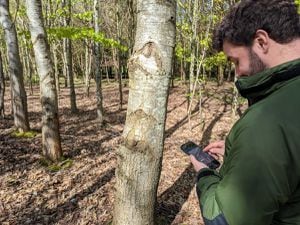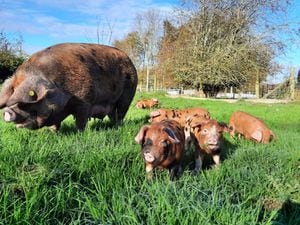Emissions targets have implications for Shropshire farms
It’s easy to dismiss Veganuary as a fad, just a PR stunt for a single-issue lobby.

However, behind emotive messages trying to persuade consumers to move away from meat and dairy, there is a complex debate around agriculture’s role in climate change that we should not ignore.
Even with the uncertainty facing the industry and looming changes in legislation and support, addressing the greenhouse gas emissions of the livestock sector is one of the biggest challenges facing farming today.
The UK government is committed to reduce GHG emissions by 80 per cent below 1990 levels by 2050, an ambitious target by anyone’s standards.
Agriculture will need to play a part in this reduction, but faces unique challenges in that action to reduce GHG emissions has to be considered in the context of long-term policy debates around food security, land use and natural resources.
Science tells us that GHG emissions from agriculture currently account for about 10 per cent of the UK total. These emissions include nitrous oxide and carbon dioxide, but the majority – well over half – is methane, the largest source of which is ruminant livestock, overwhelmingly cattle and sheep. This of course has major implications for Shropshire’s farms.
Recent reports from eminent institutions have indicated that livestock production in the UK is, for varying reasons, not on track to meet the UK’s international climate obligations.
So if we are to reduce emissions sufficiently to meet these obligations, it will require a significant change in livestock production, and will probably involve a combination of improved farm management practices, land-use change and an overall reduction in the number of ruminant animals in the UK.
The Government has made it very clear that future support for agriculture will involve using public money to pay for public goods. Under the proposed Environmental Land Management Schemes, it is therefore likely that climate change mitigation will form part of this ‘public goods’ model, with famers and landowners possibly being paid for the measures they take to both reduce and sequester on-farm emissions, and encourage changes in practices.
This will provide an opportunity for farmers and landowners, as well as obvious challenges. While the science behind these proposals is not contested, it is continually being developed, complicated by a number of different perspectives.
Talking to farmers throughout the county this is an important, but not yet urgent, issue and people are confident that it will be dealt with. I’d say to anyone whose livelihood depends to any extent on livestock farming that you need to make sure you are familiar with the issues, consider how you might need to adapt and take advice sooner rather than later.
Please contribute to the debate when the opportunity arises, and make sure that your business doesn’t get taken by surprise. 2050 might seem a long way off, but the changes required to meet those tough targets will have to start very soon.
Mark Riches is CLA Midlands Director





